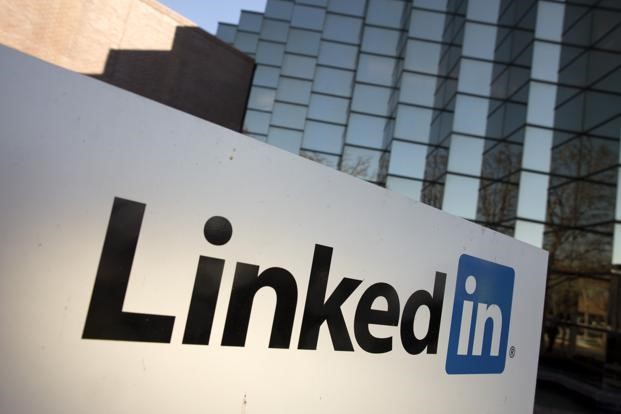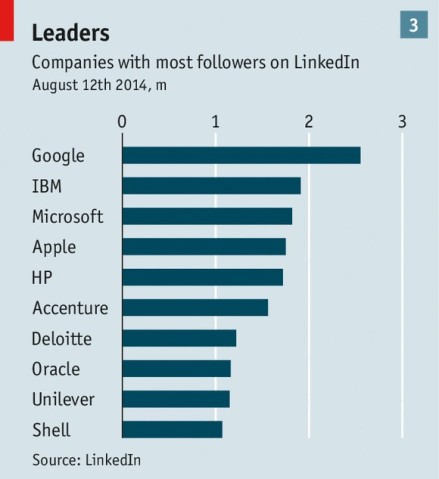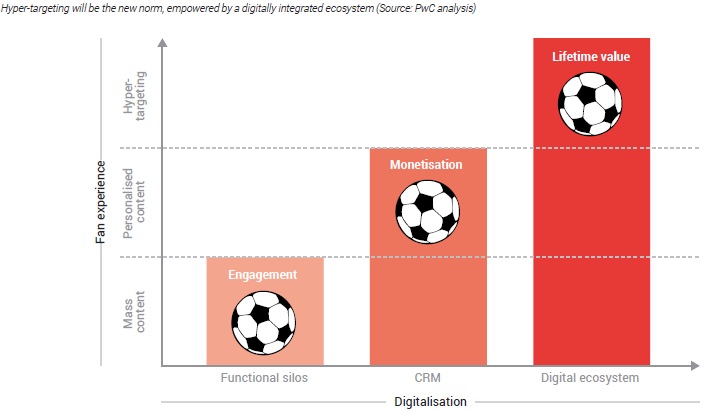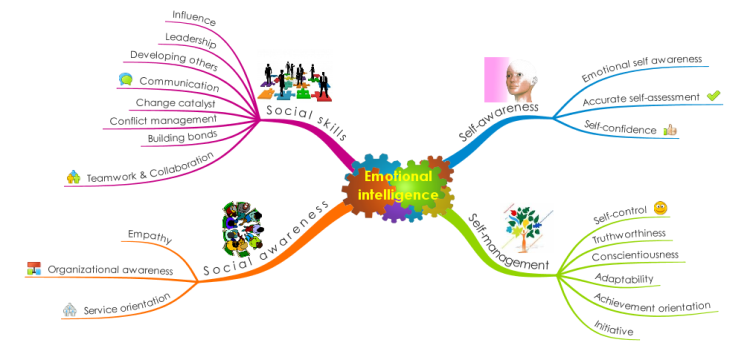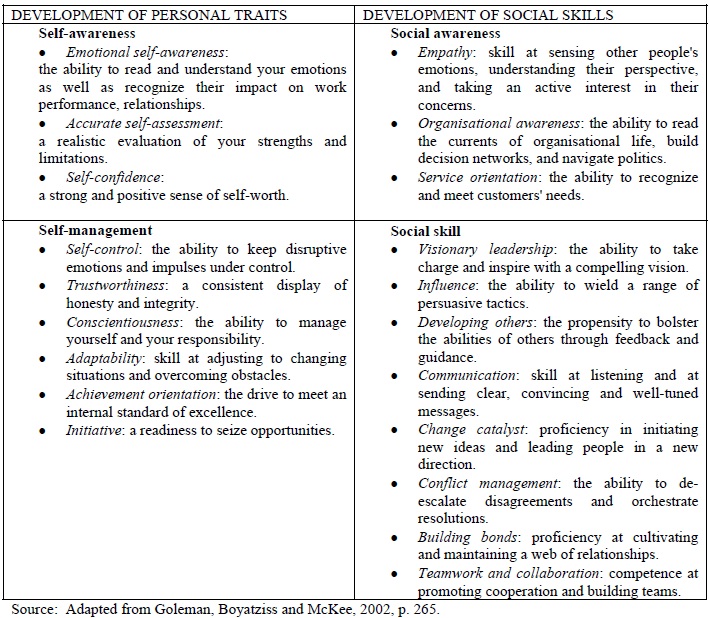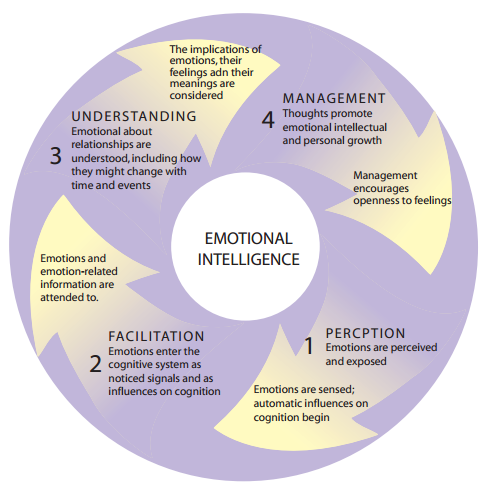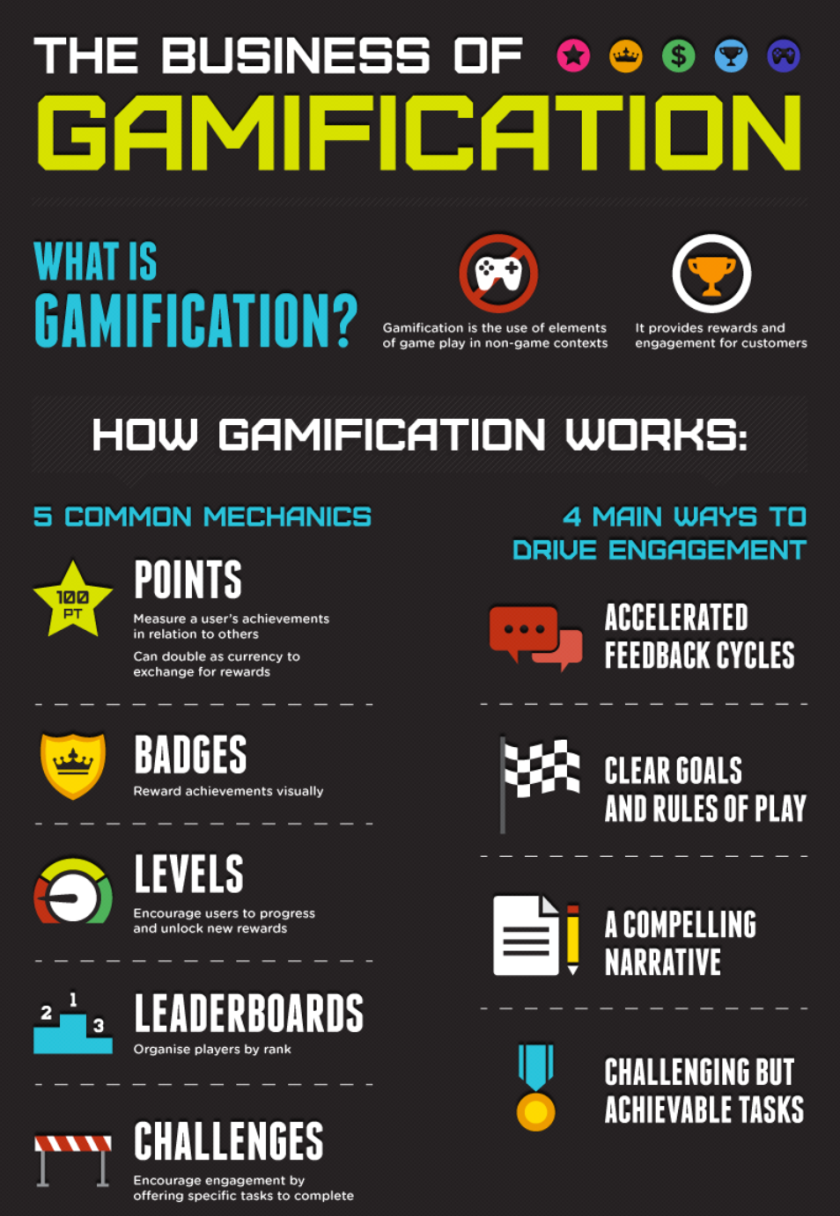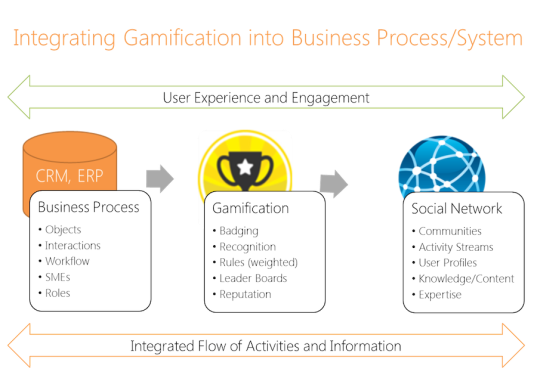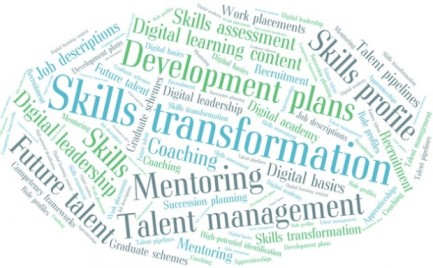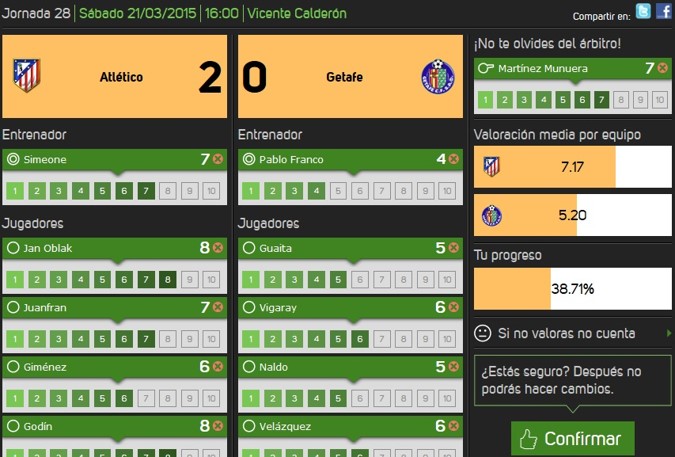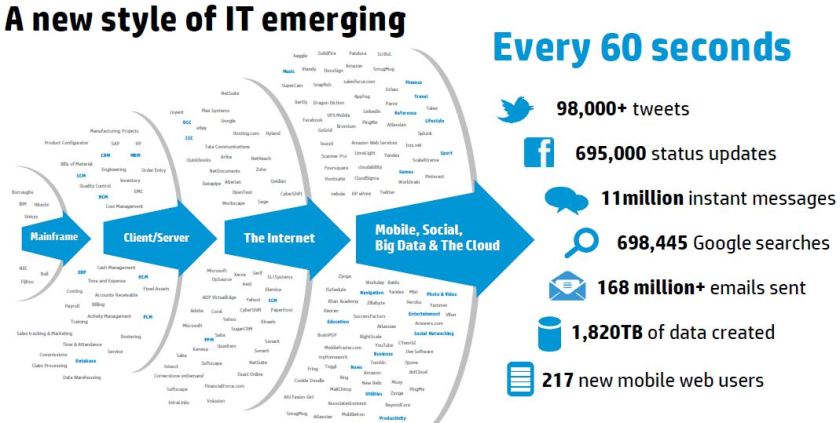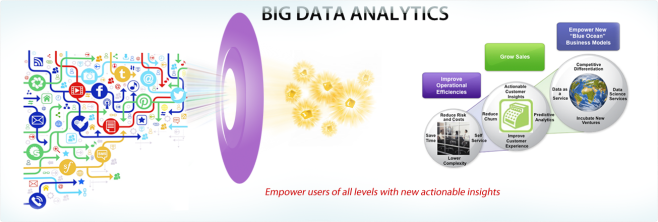Digital is fundamentally changing every aspect of our lives, from the way we work to the way we play to the way we manage our finances and protect our health.
Everything you thought you knew about success will be challenged. Digital will impact every industry, every service, and every corner of an increasingly connected world. We are now in the digital forever.
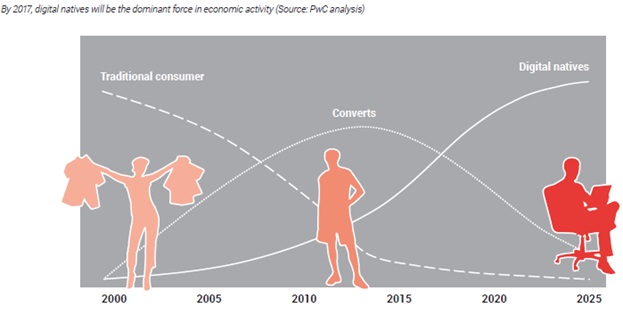 Looking to the future, as per the exquisite report “Football’s digital transformation” from PwC Sports Business Advisory, International Football Arena and Exozet, We can see three waves of opportunity for organizations to generate profitable growth:
Looking to the future, as per the exquisite report “Football’s digital transformation” from PwC Sports Business Advisory, International Football Arena and Exozet, We can see three waves of opportunity for organizations to generate profitable growth:
- FIRST DIGITAL WAVE: DIGITAL COMMERCE
Improve e-commerce profitability with a better customer experience, more compelling propositions, more effective distribution or smarter pricing.
- SECOND DIGITAL WAVE: DIGITAL CONSUMPTION
Develop propositions that encourage your customers to share their consumption data. That way you increase customer loyalty, increase revenue and reduce operating costs even further.
- THIRD DIGITAL WAVE: DIGITAL IDENTITIES
Act as a trusted fourth party on behalf of customers to aggregate their digital data and to meet their needs through managing relationships with companies offering products and services.
 FOOTBALL IS NOT ENTIRELY IMMUNE TO THE SWAY OF DIGITAL WAVES
FOOTBALL IS NOT ENTIRELY IMMUNE TO THE SWAY OF DIGITAL WAVES
Digital has impacted the football world and will continue to do so. Ticketing is very much a digital process. Merchandise sales online are a feature of the industry today and have been for some time. Social media intensifies the connection between fan and club and provides insights which clubs can learn from. Digital has driven down the cost of media creation to the point where most football clubs now find they are able to produce and distribute more content, and of a higher quality, than was possible only a short time ago.
But digital natives will not settle for the status quo. They expect to be able to make as many licks from the side lines as they see kicks on the pitch. The reality is that change will keep on coming, and faster than ever before. To succeed in engaging the new generation of fan, clubs will need to be flexible, agile, and not afraid to try on new, digital, boots. Digital presents football with a set of powerful transformational opportunities to engage a new generation of fans and empower those already there.
Having said that, football clubs have one very significant attribute which clearly distinguishes them from other industries. As long as their financial health is basically secure, their oligopolistic control of the beautiful game is unlikely to be disrupted by any advances in technology. The passion and love of the fans will not wither away, provided performance on the pitch is maintained. We do not see digital as a disruption for the business of football clubs, rather an enhancement with significant potential to improve both fan engagement and the bottom line.
Borja Burguillos
